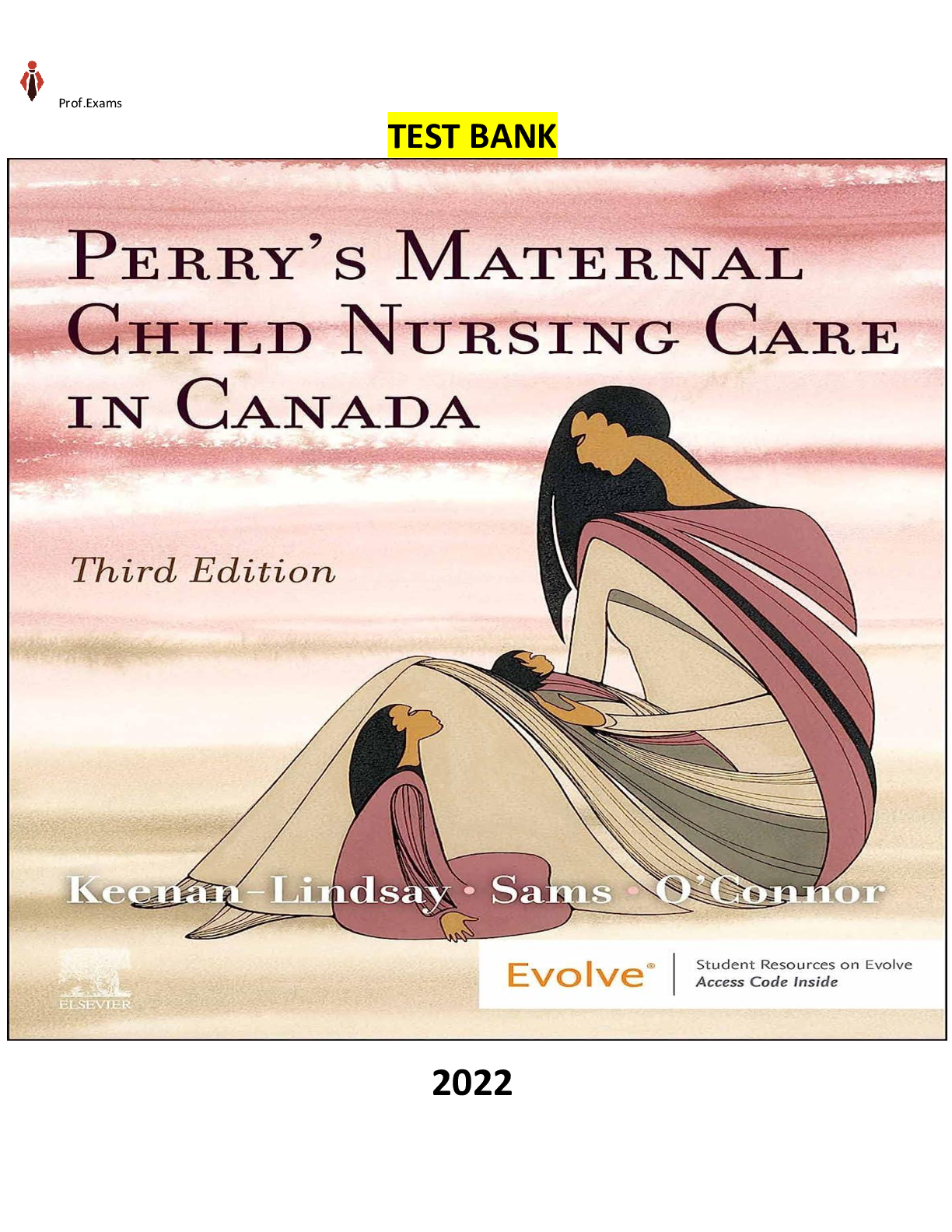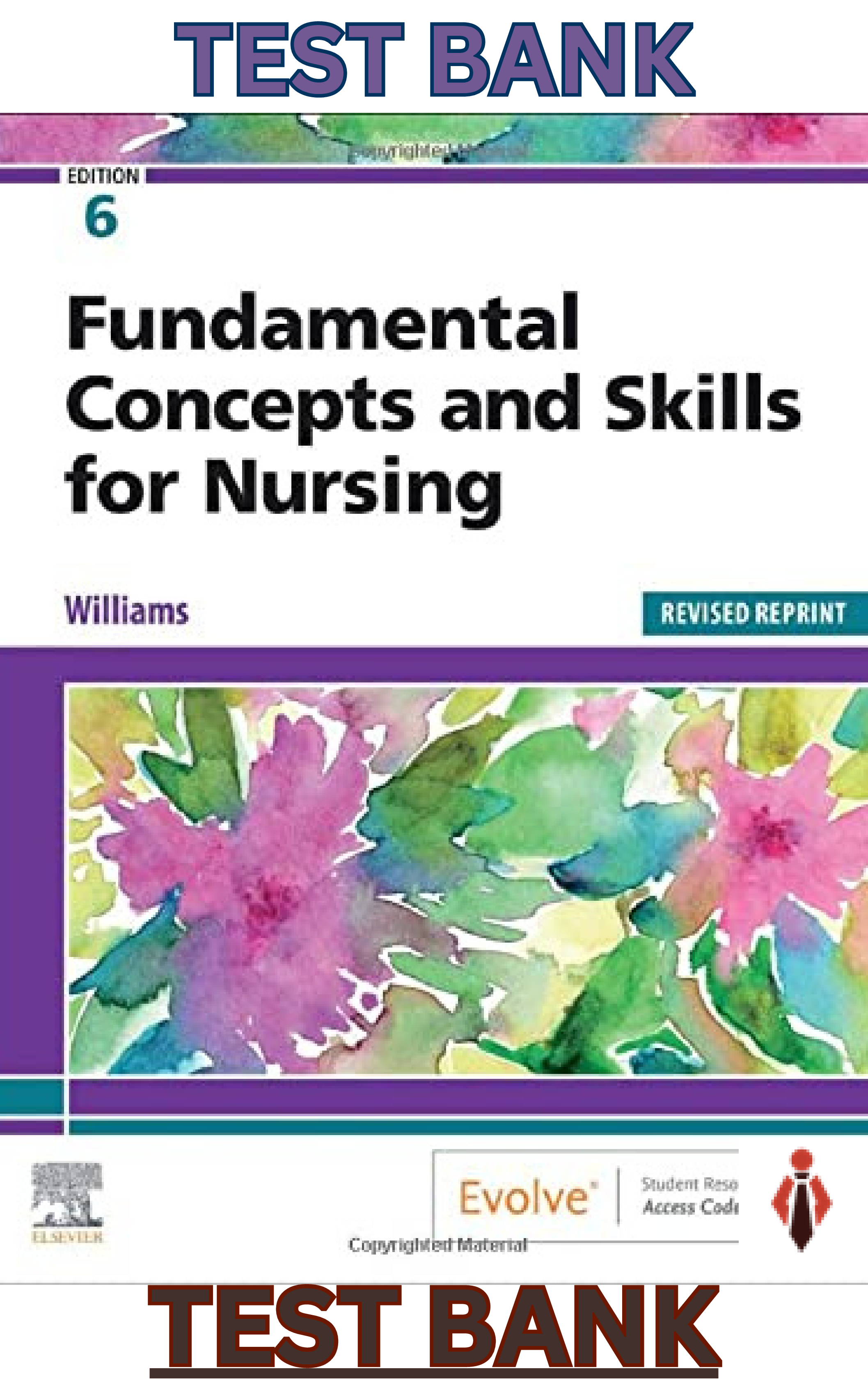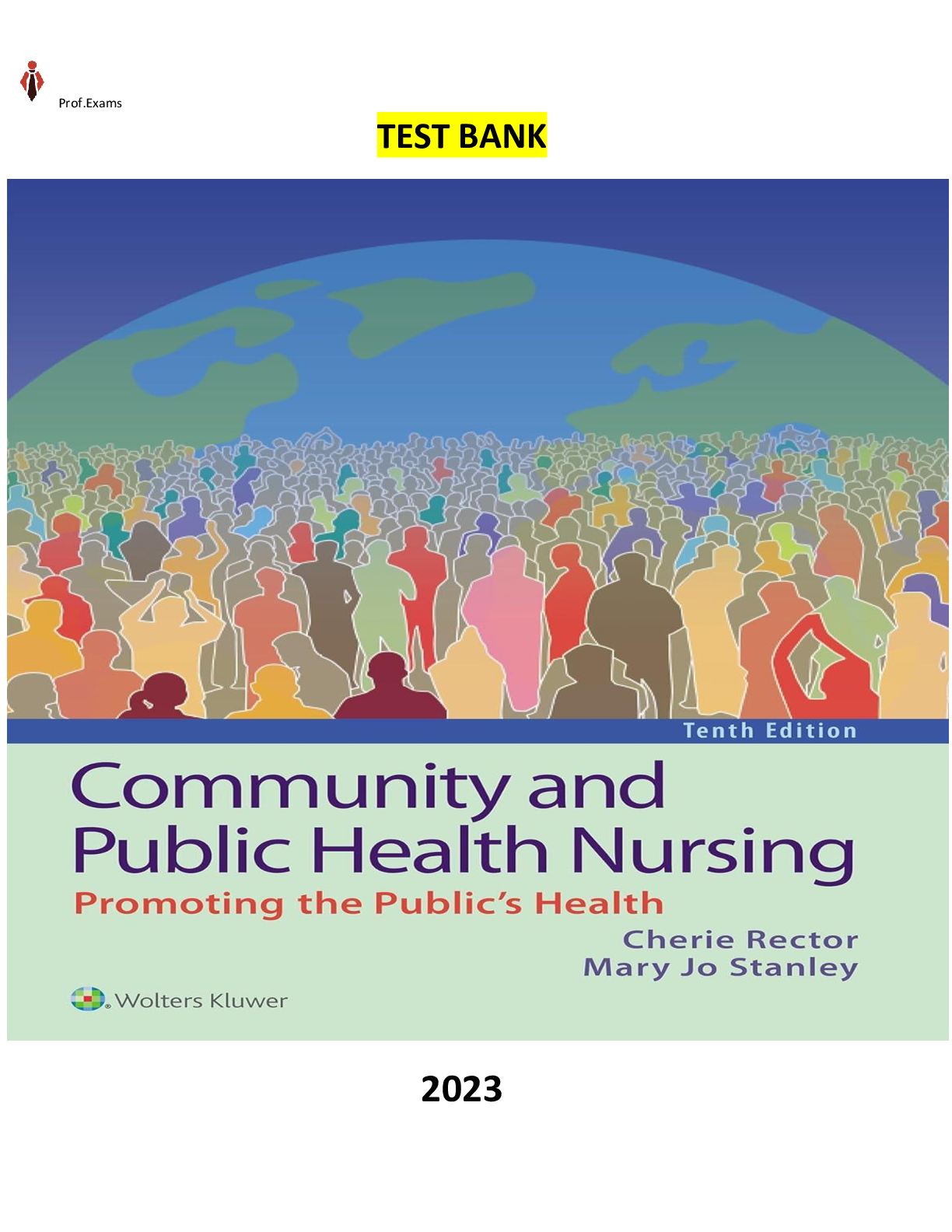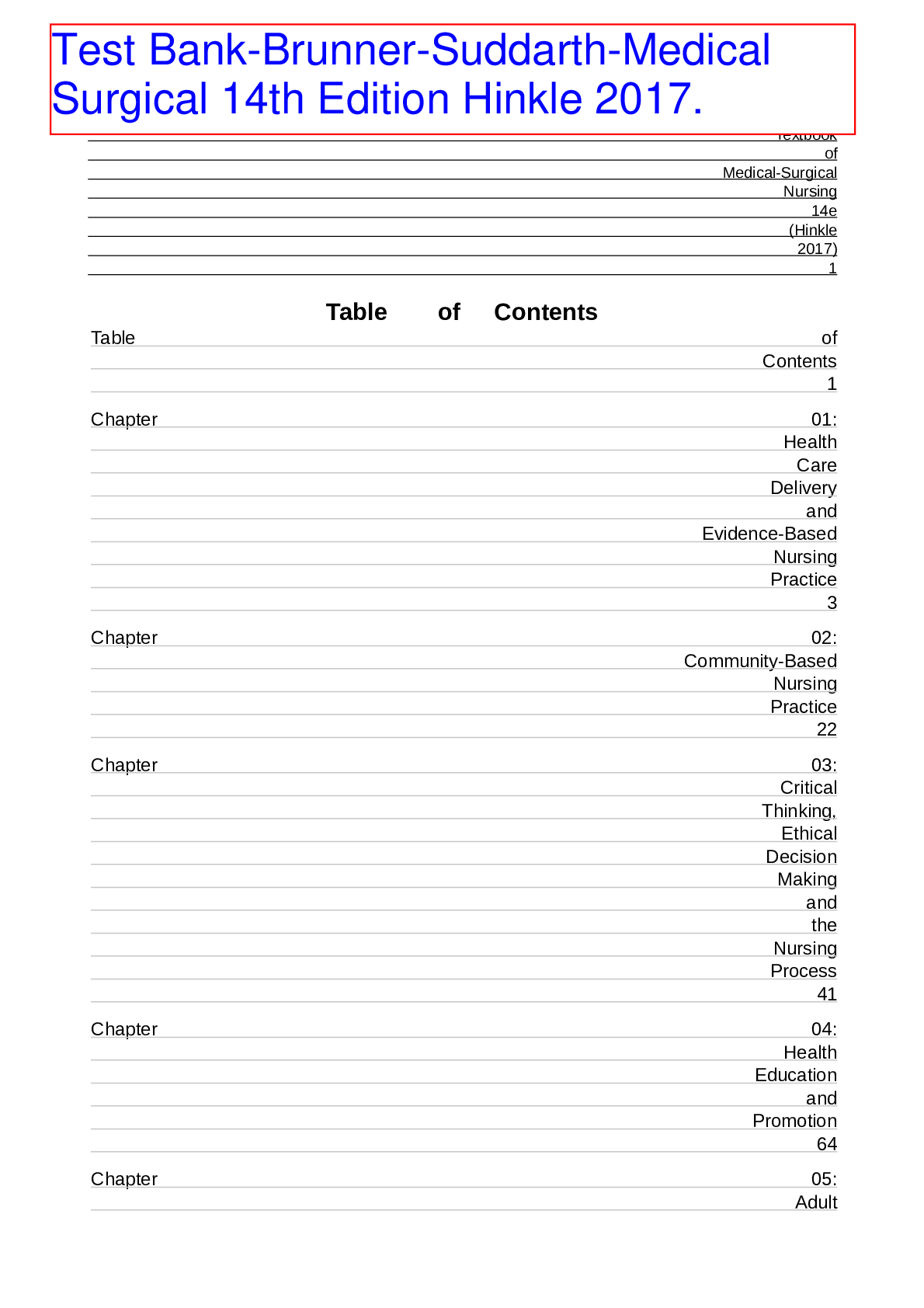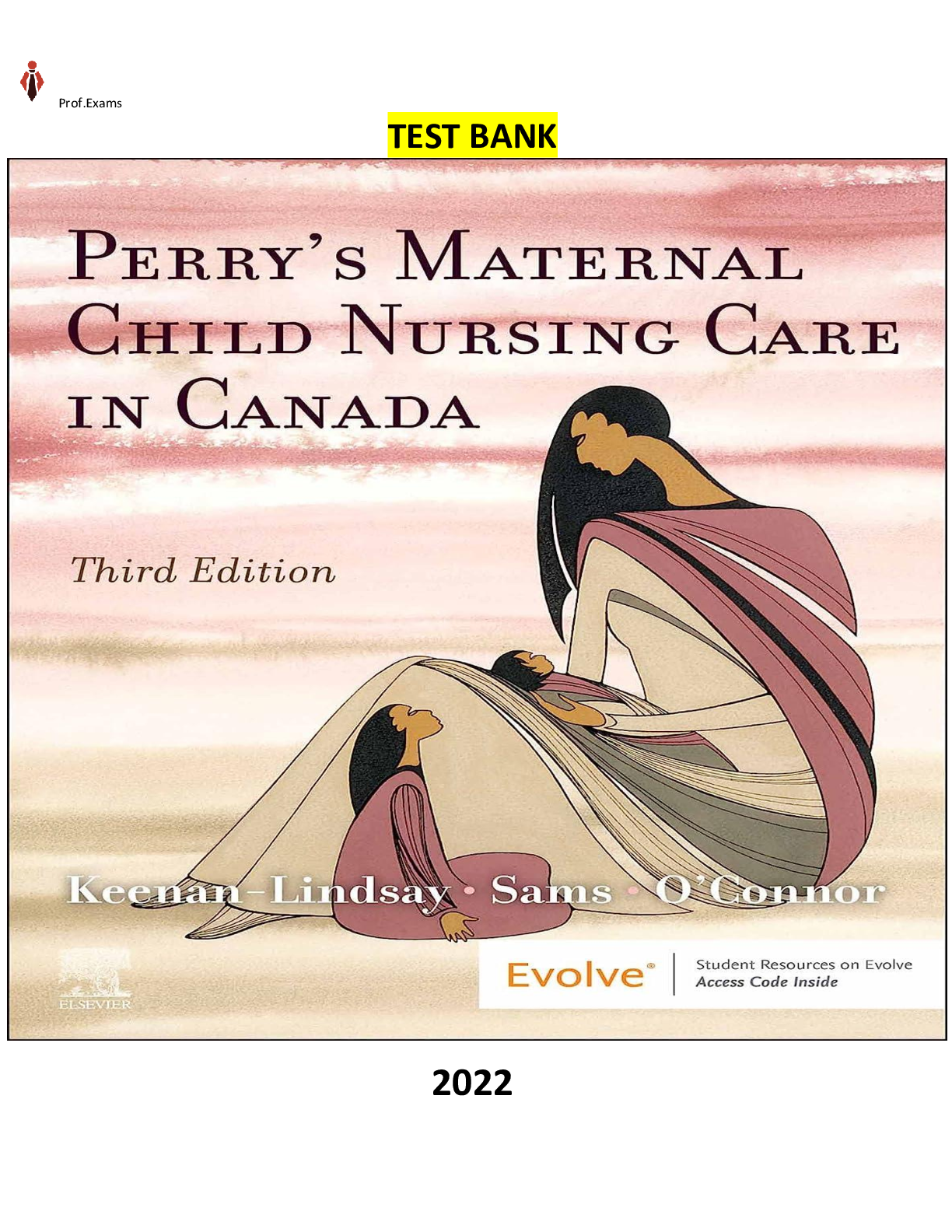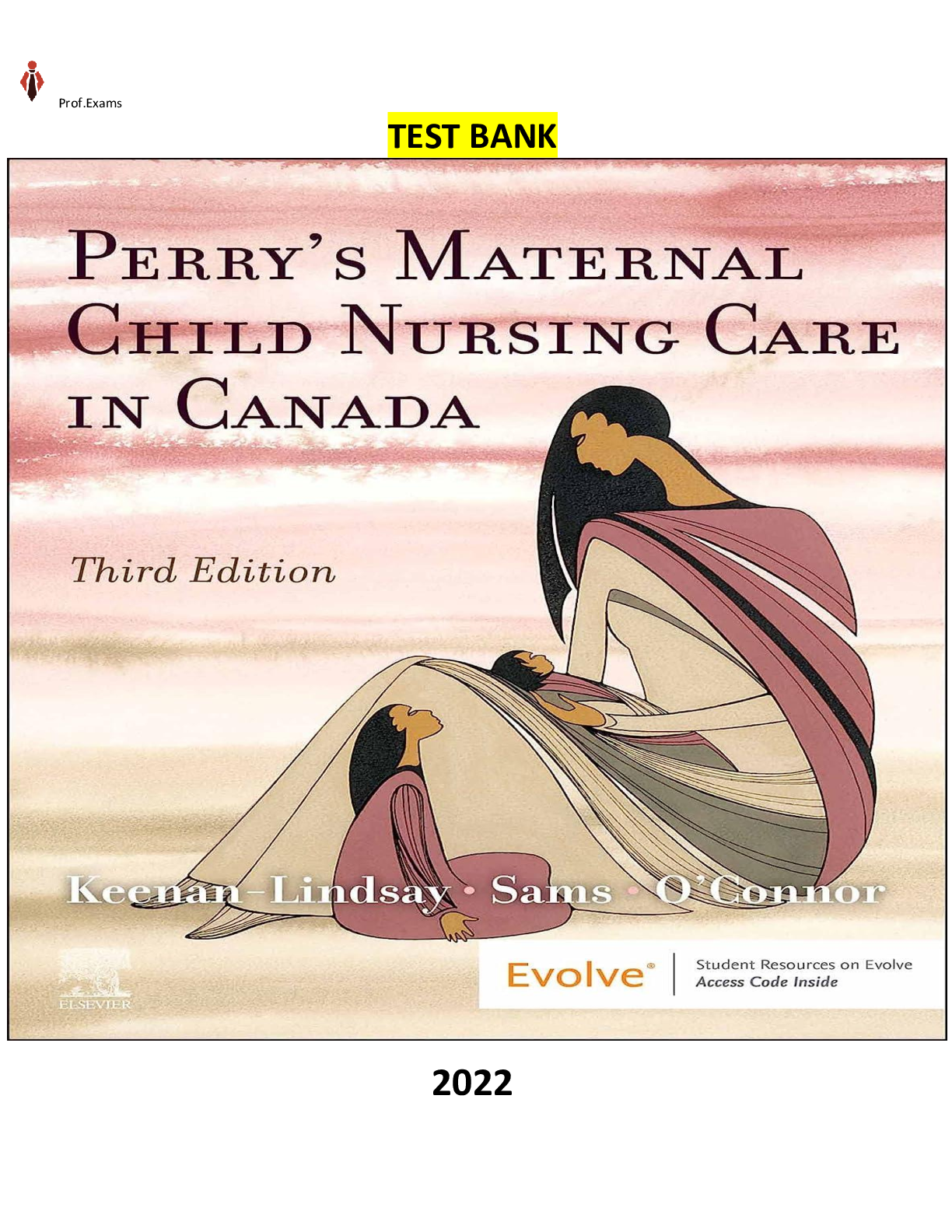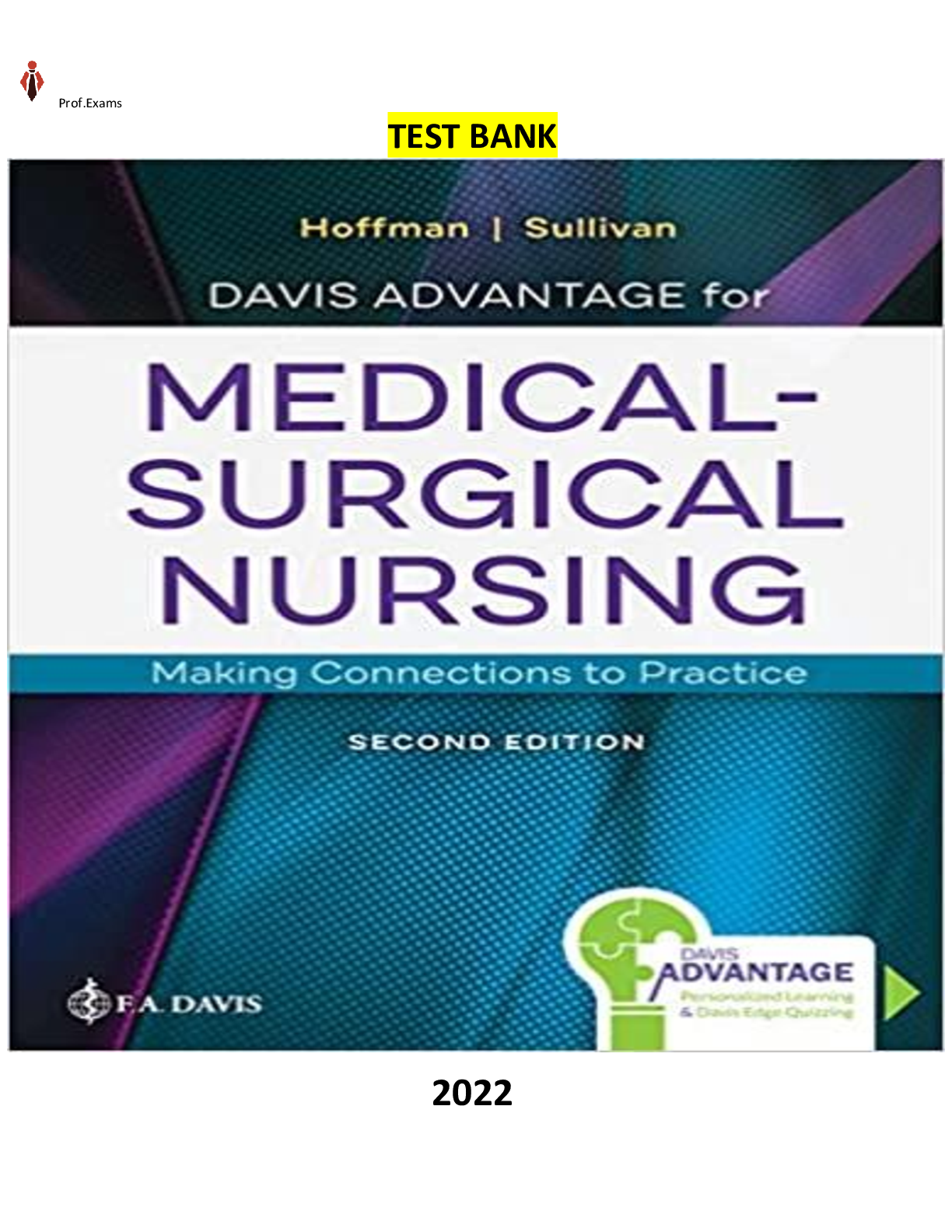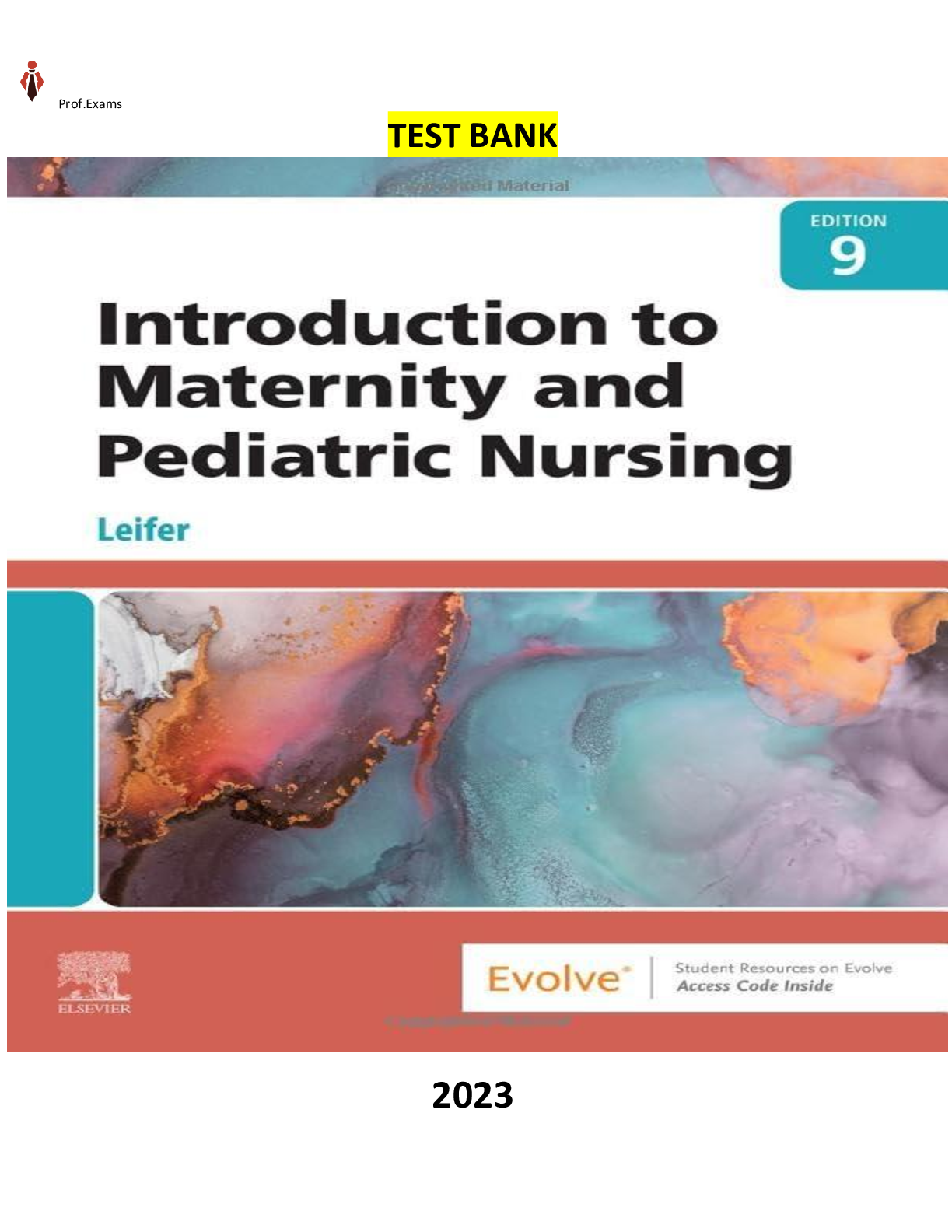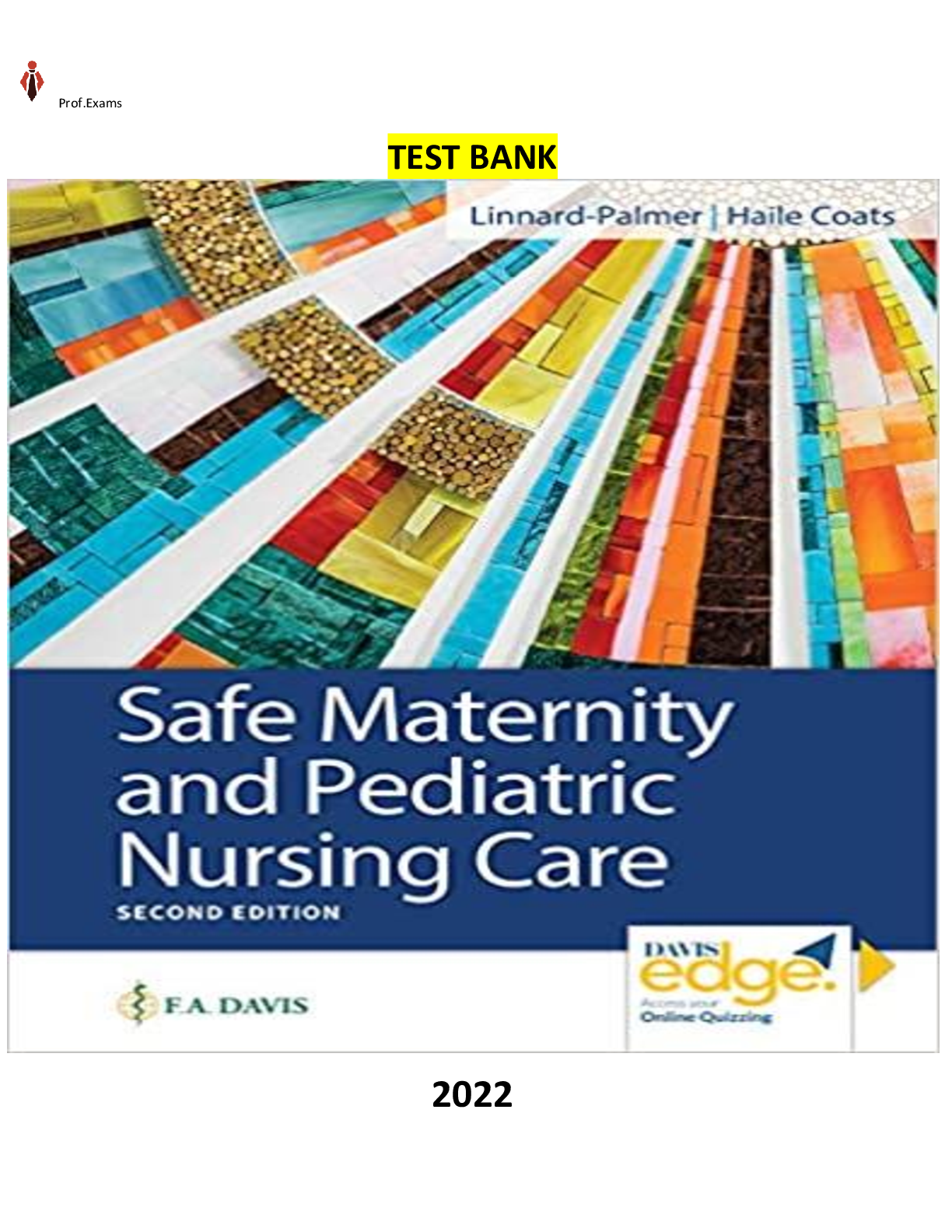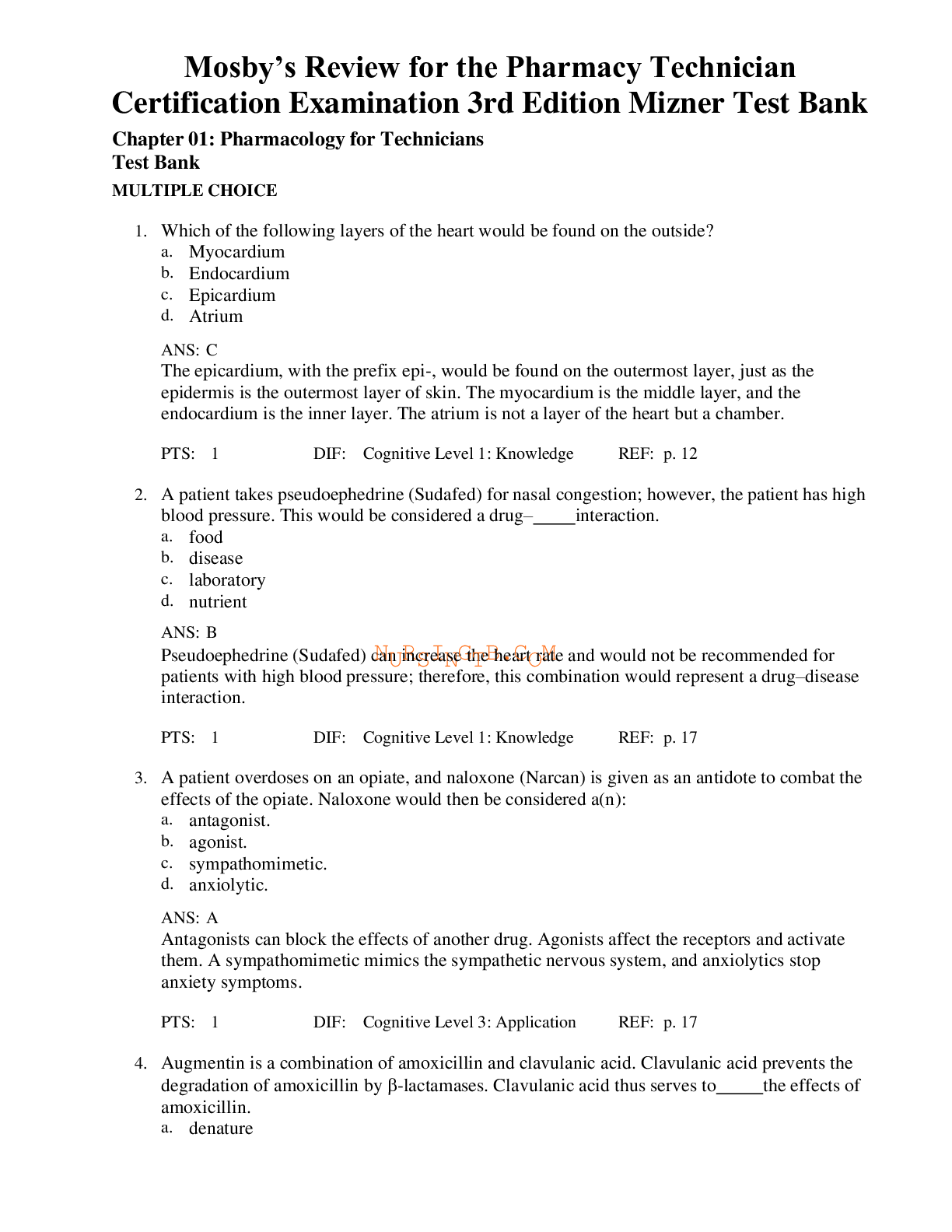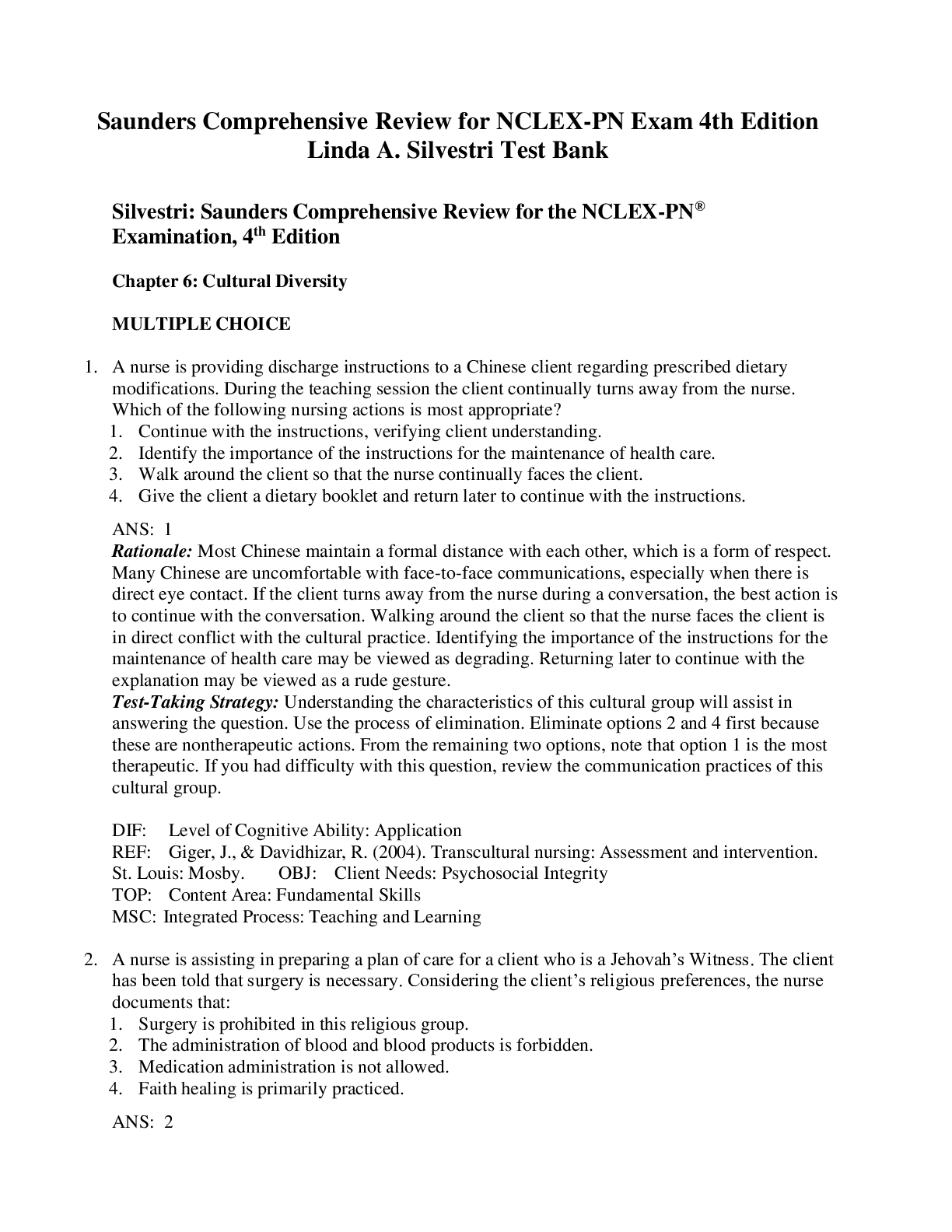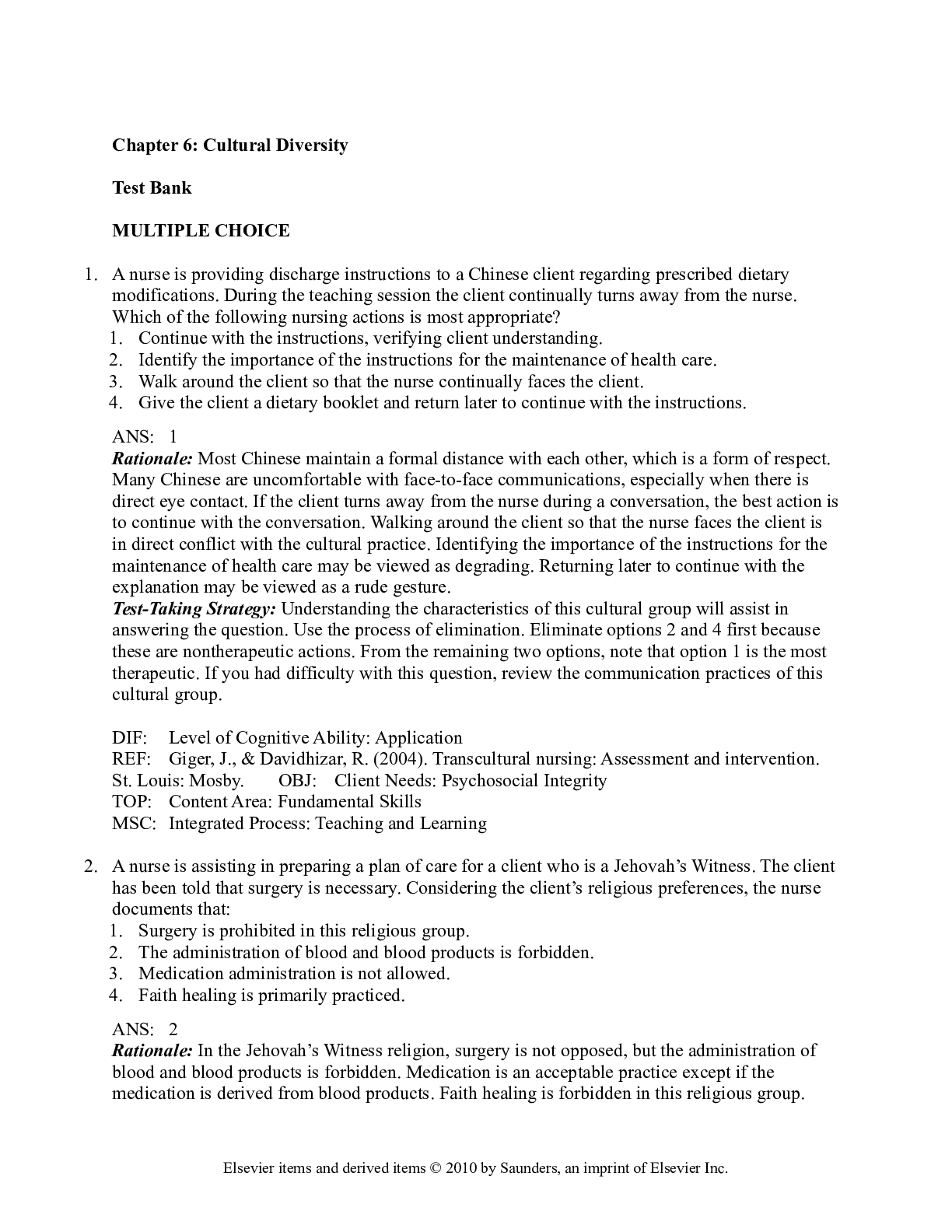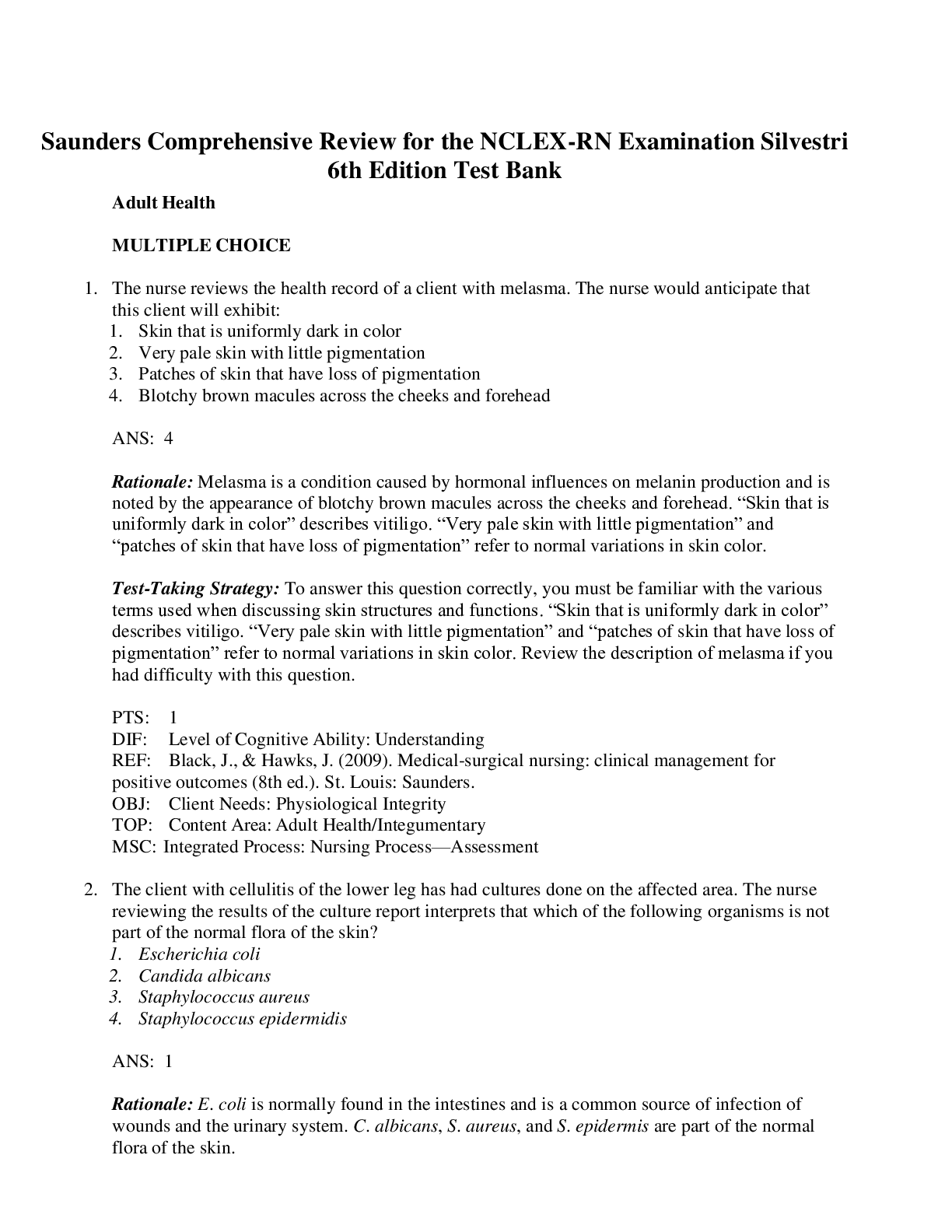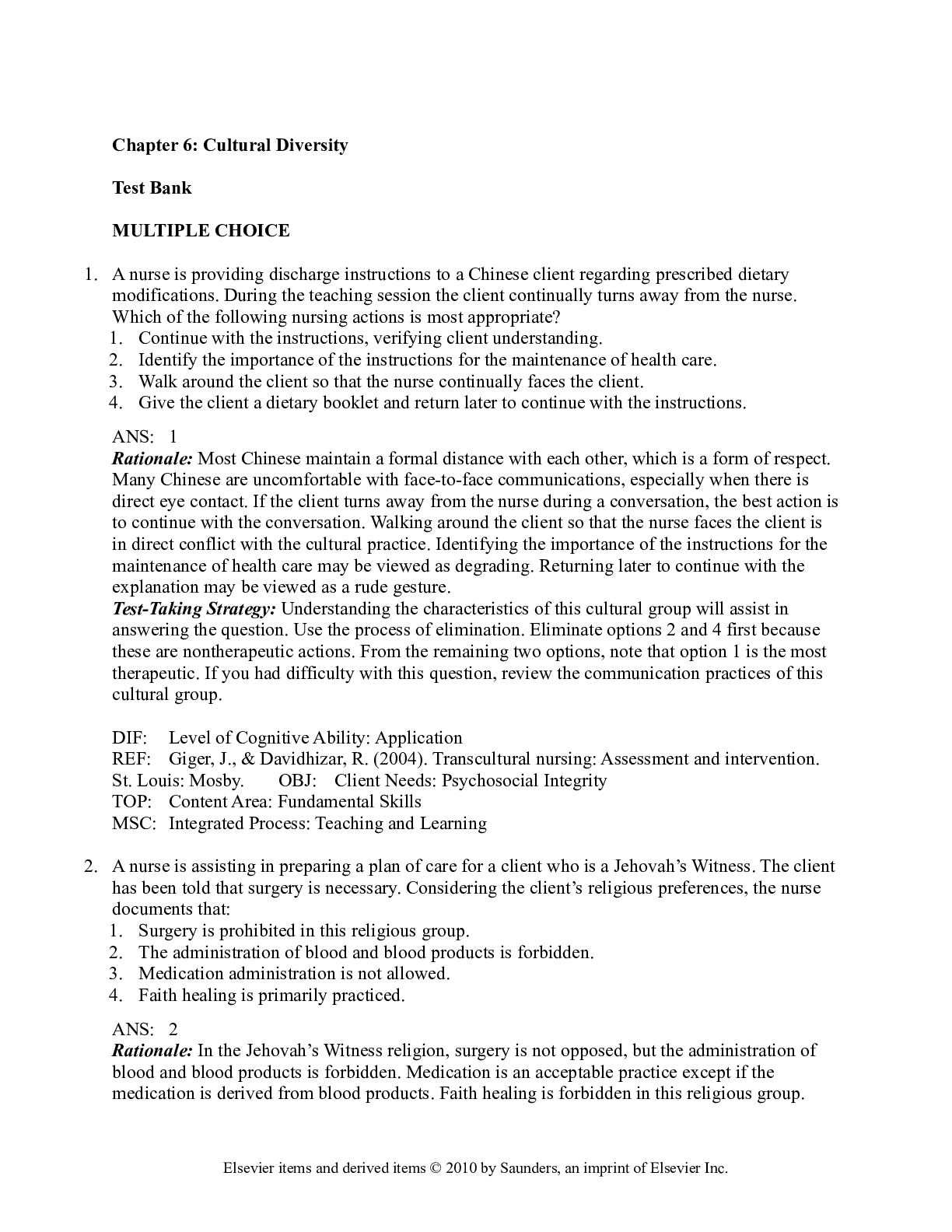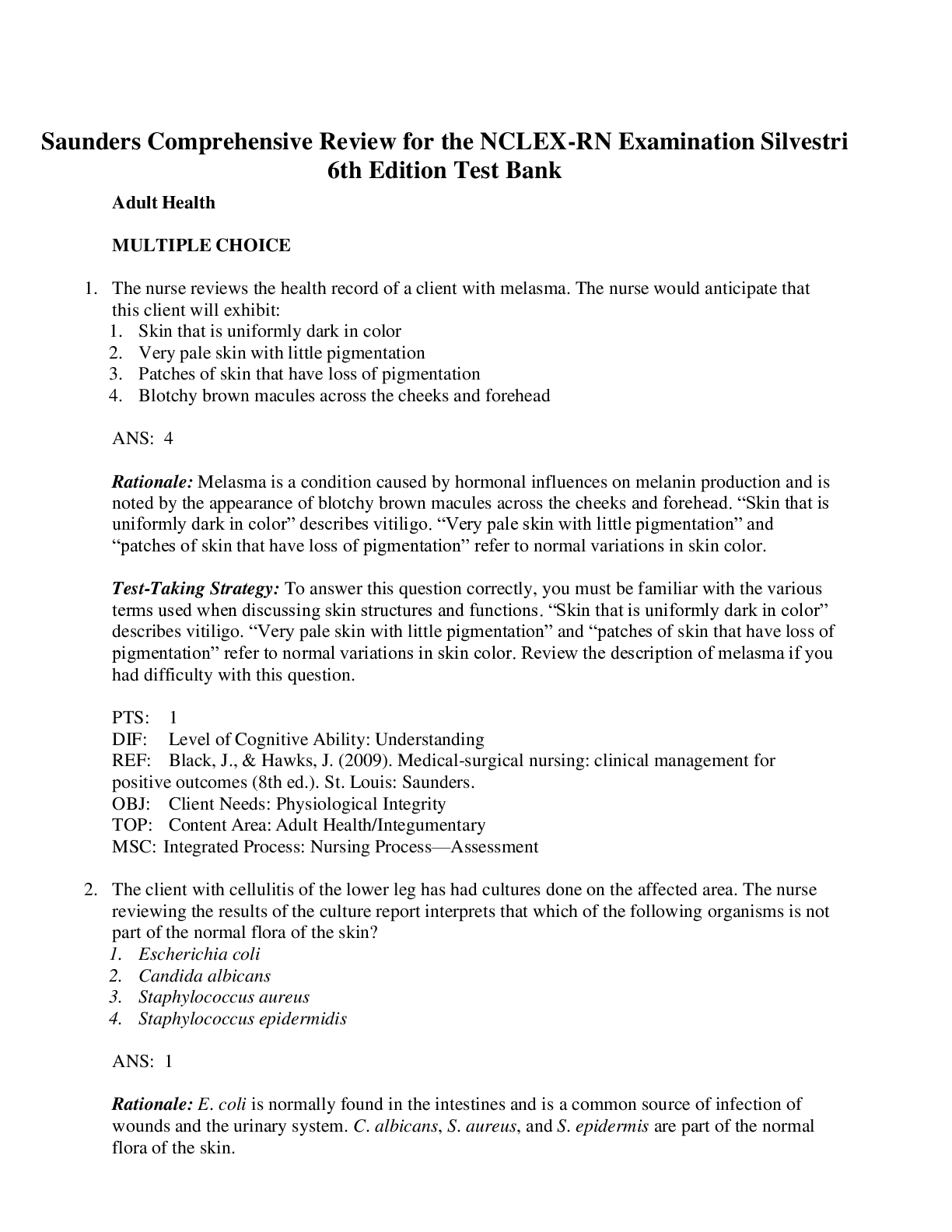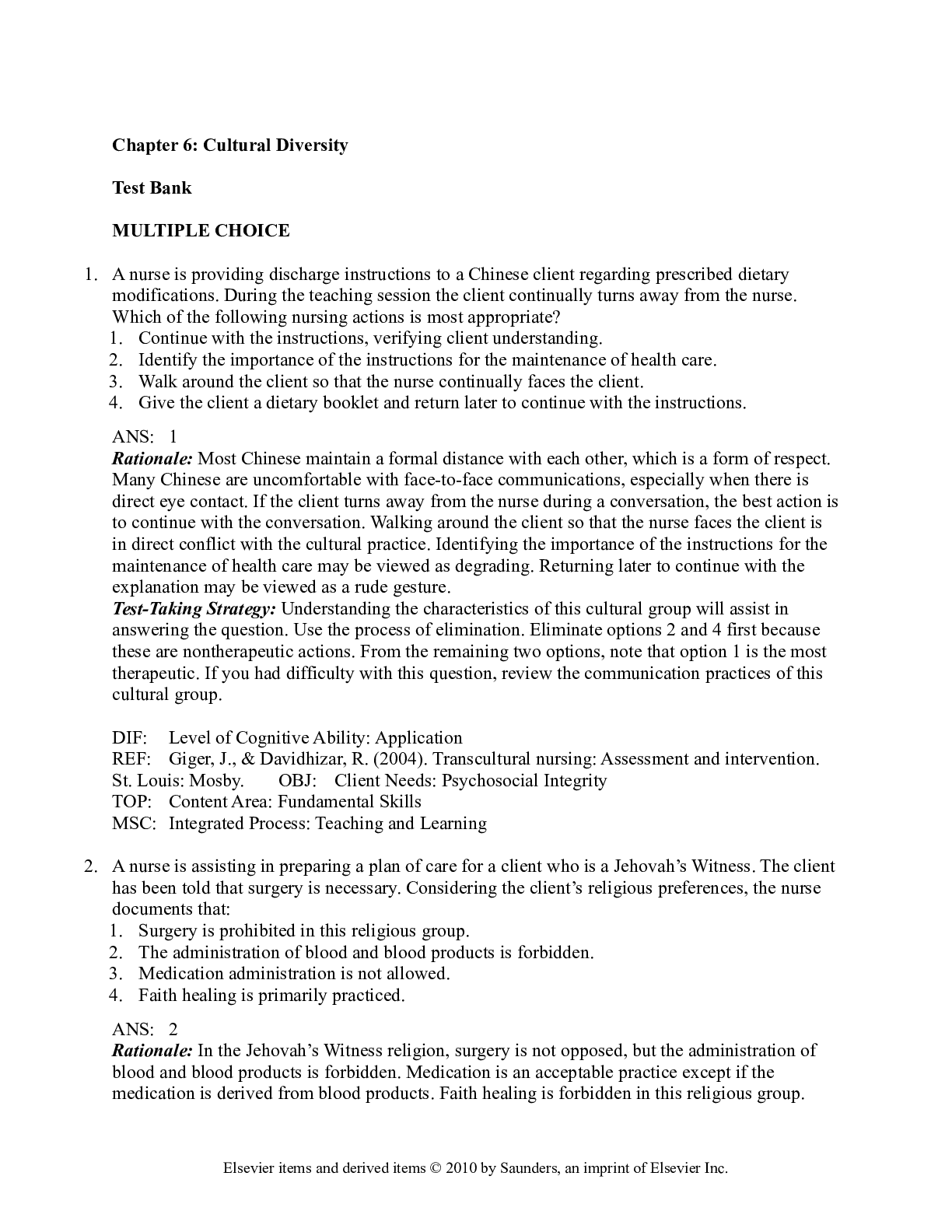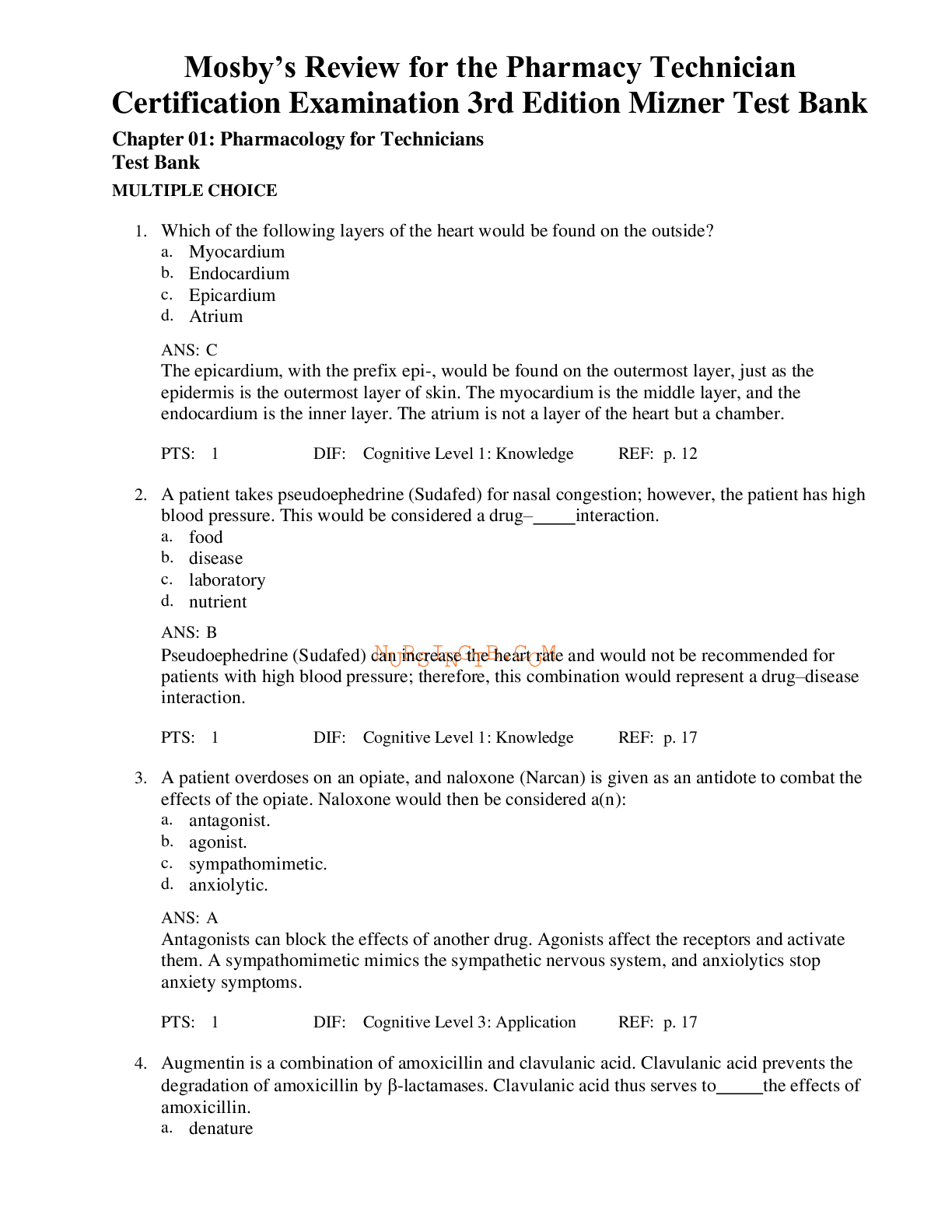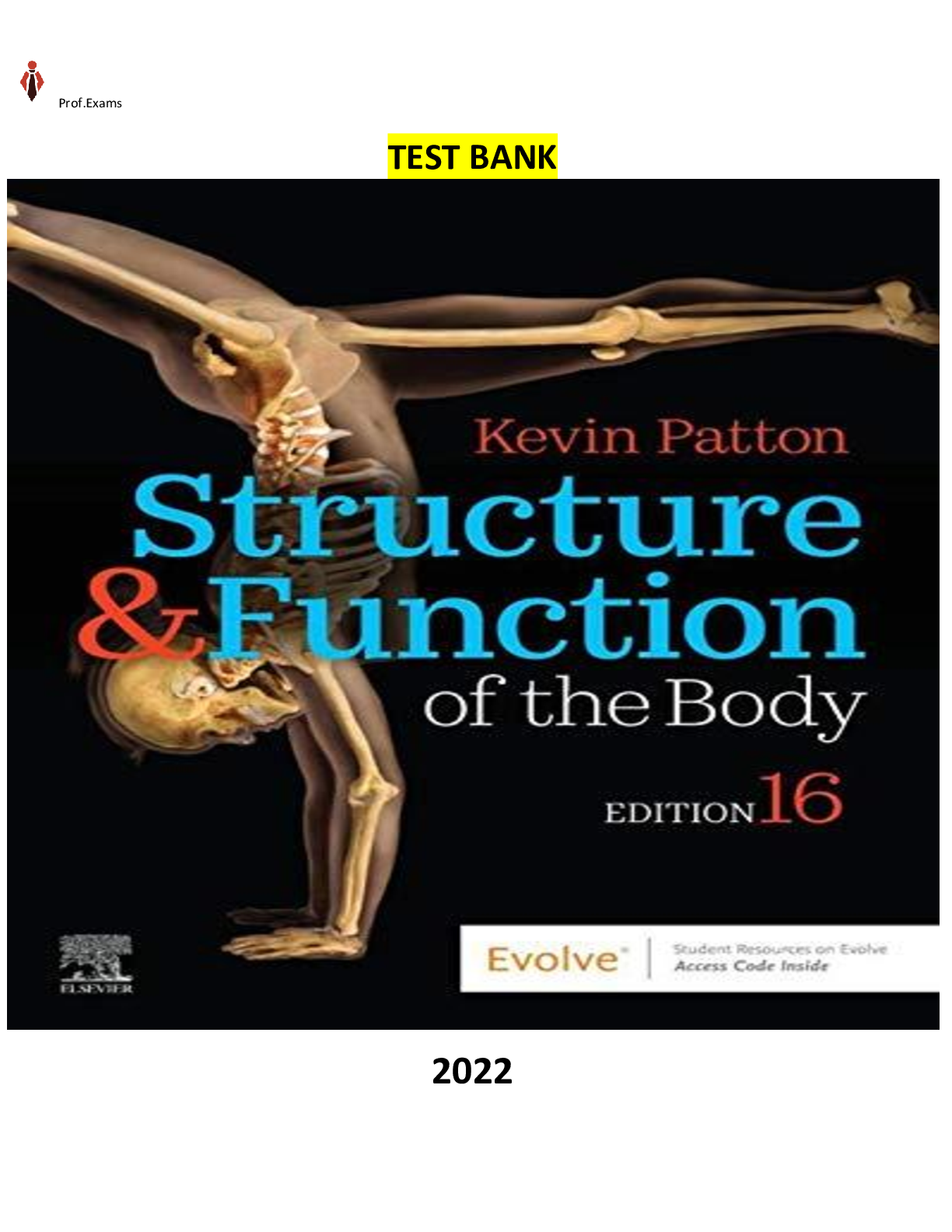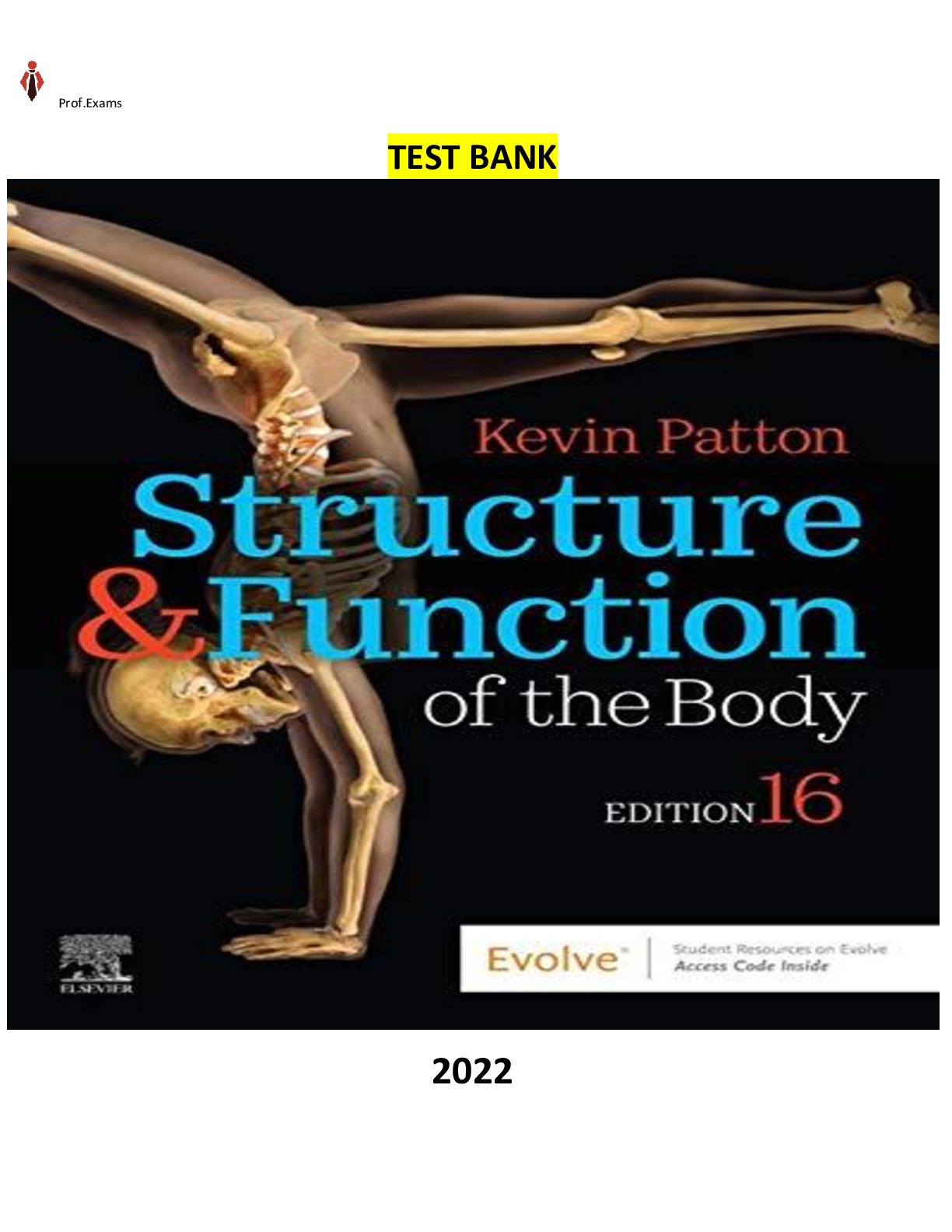NCLEX-RN > TEST BANK > COMPLETE - Elaborated Test Bank for Saunders Comprehensive Review for the NCLEX-RN 7Ed. by Linda Ann (All)
COMPLETE - Elaborated Test Bank for Saunders Comprehensive Review for the NCLEX-RN 7Ed. by Linda Anne Silvestri . ALL Chapters(1-68) Included |464| Pages - Questions & Answers Pass NCLEX-RN in First Attempt Guaranteed!Get 100% Latest Exam Questions, Accurate & Verified Answers to Pass the Actual Exam! Instant Download!
Document Content and Description Below
COMPLETE - Elaborated Test Bank for Saunders Comprehensive Review for the NCLEX-RN 7Ed. by Linda Anne Silvestri . ALL Chapters(1-68) Included |464| Pages - Questions & Answers Pass NCLEX-RN in Firs... t Attempt Guaranteed!Get 100% Latest Exam Questions, Accurate & Verified Answers to Pass the Actual Exam! Instant Download!1. The nurse reviews the health record of a client with melasma. The nurse would anticipate that this client will exhibit: 1. Skin that is uniformly dark in color 2. Very pale skin with little pigmentation 3. Patches of skin that have loss of pigmentation 4. Blotchy brown macules across the cheeks and forehead ANS: 4 Rationale: Melasma is a condition caused by hormonal influences on melanin production and is noted by the appearance of blotchy brown macules across the cheeks and forehead. “Skin that is uniformly dark in color” describes vitiligo. “Very pale skin with little pigmentation” and “patches of skin that have loss of pigmentation” refer to normal variations in skin color. Test-Taking Strategy: To answer this question correctly, you must be familiar with the various terms used when discussing skin structures and functions. “Skin that is uniformly dark in color” describes vitiligo. “Very pale skin with little pigmentation” and “patches of skin that have loss of pigmentation” refer to normal variations in skin color. Review the description of melasma if you had difficulty with this question. PTS: 1 DIF: Level of Cognitive Ability: Understanding REF: Black, J., & Hawks, J. (2009). Medical-surgical nursing: clinical management for positive outcomes (8th ed.). St. Louis: Saunders. OBJ: Client Needs: Physiological Integrity TOP: Content Area: Adult Health/Integumentary MSC: Integrated Process: Nursing Process—Assessment 2. The client with cellulitis of the lower leg has had cultures done on the affected area. The nurse reviewing the results of the culture report interprets that which of the following organisms is not part of the normal flora of the skin? 1. Escherichia coli 2. Candida albicans 3. Staphylococcus aureus 4. Staphylococcus epidermidis ANS: 1 Rationale: E. coli is normally found in the intestines and is a common source of infection of wounds and the urinary system. C. albicans, S. aureus, and S. epidermis are part of the normal flora of the skin. Test-Taking Strategy: To answer this question correctly, you must be familiar with the normal microorganisms that inhabit the skin. Note that the question asks for the organism that is not part of normal flora. Remember that E. coli is normally found in the intestines. Review basic skin structures if you had difficulty with this question. PTS: 1 DIF: Level of Cognitive Ability: Understanding REF: Ignatavicius, D., & Workman, M. (2010). Medical-surgical nursing: patient-centered collaborative care (6th ed.). St. Louis: Saunders. OBJ: Client Needs: Physiological Integrity TOP: Content Area: Adult Health/Integumentary MSC: Integrated Process: Nursing Process—Assessment 3. The client complains of chronic pruritus. Which of the following diagnoses would the nurse expect to support this client’s complaint? 1. Anemia 2. Renal failure 3. Hypothyroidism 4. Diabetes mellitus ANS: 2 Rationale: Clients with renal failure often have pruritus, or itchy skin. This is because of impaired clearance of waste products by the kidneys. The client who is markedly anemic is likely to have pale skin. Hypothyroidism may lead to complaints of dry skin. Clients with diabetes mellitus are at risk for skin infections and skin breakdown. Test-Taking Strategy: Focus on the subject, chronic pruritus. Remember that clients with renal failure often experience this problem. If this question was difficult, review the common causes of pruritus. PTS: 1 DIF: Level of Cognitive Ability: Understanding REF: Ignatavicius, D., & Workman, M. (2010). Medical-surgical nursing: patient-centered collaborative care (6th ed.). St. Louis: Saunders. OBJ: Client Needs: Physiological Integrity TOP: Content Area: Adult Health/Integumentary MSC: Integrated Process: Nursing Process—Assessment 4. A client being seen in an ambulatory clinic for an unrelated complaint has a butterfly rash noted across the nose. The nurse interprets that this finding is consistent with early manifestations of which of the following disorders? 1. Hyperthyroidism 2. Pernicious anemia . [Show More]
Last updated: 2 months ago
Preview 1 out of 495 pages

Reviews( 0 )
Document information
Connected school, study & course
About the document
Uploaded On
Jun 02, 2023
Number of pages
495
Written in
Additional information
This document has been written for:
Uploaded
Jun 02, 2023
Downloads
0
Views
62









